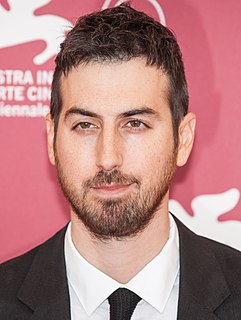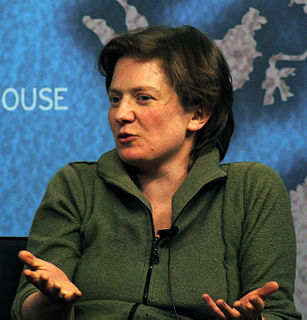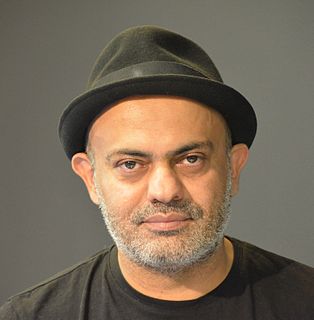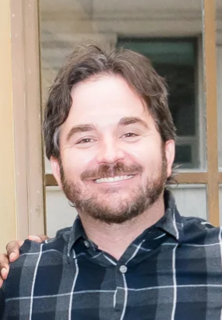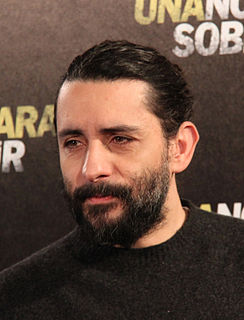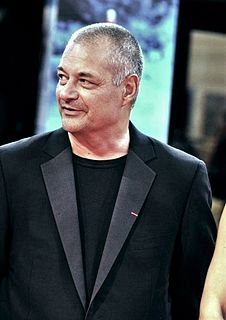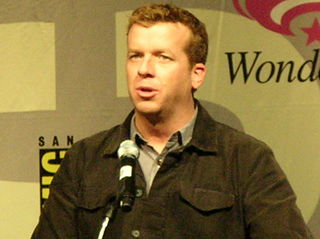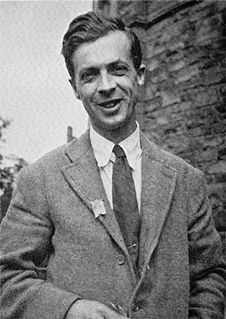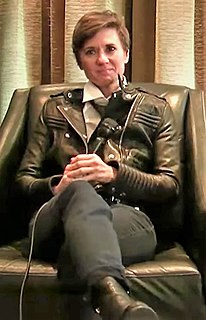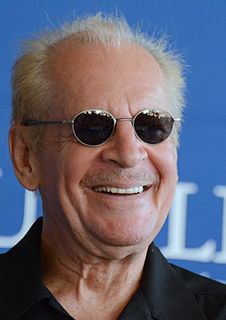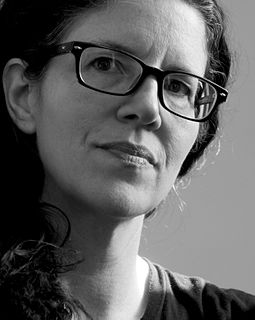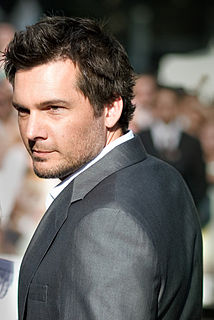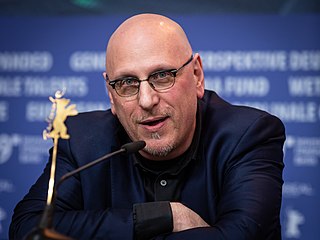Top 72 Quotes & Sayings by Ti West
Explore popular quotes and sayings by an American film director Ti West.
Last updated on April 14, 2025.
I have a romantic comedy I'd love to make, but I can't get the money for it. It's hard to get people to give you money for an arty romantic comedy when you've done a horror movie. So I can just sit there and keep complaining about that, or I can go make another horror movie this year. People will get behind me on that, because I'm relatively bankable. As long as I can do my own thing with it, I'll keep doing it.
Movies aren't "slow burn," and aren't serious, aren't interesting, because everything from the movie to the promotional materials is telling you that you have to see it between Friday and Sunday, and then you can forget about it. It's not an important movie, it's just a lowest-common-denominator thrill-ride for three days when you've got nothing to do. That does a major disservice to the quality of the films
Technology has just been the major progression of the last 15 years - instant communication. That stuff has gone so global. That's what's interesting about it. When someone sits down in front of a computer, it's the same everywhere in the world, and it's the same screen looking back at you with the same Google, and there's no individuality to it. So I decided it would be kind of visually uninteresting to have in my films.
The second half [of Valley of Violence], you're with the guys that you should hate, but when you start seeing what their real lives are, you're like, "I do hate you, but at the same time, all right - maybe take it down a notch." The complications of all that are what's so interesting to me, those esoteric details - that's what people will hopefully take away from the movie.
Ethan [Hawke] just - they got along great. He got to act with a dog, for real, and it felt like Jumpy was acting with him. It was a surreal thing to watch. When you watch the movie [Valley of Violence], you just kind of accept it. But if you do think about how we show - there's a dog and a movie star interacting - and you buy it. That's crazy.
I don't really get that nervous about whether people like it. You can't do anything about that. It's more technical. You spend two years of your life obsessing, picturing sound details, and you work so hard to make a movie a certain way, that you get there, and you're like - is it loud enough or whatever, so that this experience with everybody in this room is the fairest chance I can get. And then if you like it, cool, and if you don't, whatever.
In a traditional Western there's always the bravado, and it's almost like they're winking that they know they're in a Western - "Look how good I can spin my gun." In real life, when the bad guy kills somebody, or they're bad guy friend gets killed, they're upset, too, which is not typical in Westerns.
You're limited to one image, but you can have 50 audio tracks. It's something you'd be foolish not to experiment with. So I'm also very interested in sound that happens offscreen. I think that's a way to expand the scope of the movie. And it's all very planned out from the script stage. For me, sound design is a major part of the narrative. I think that's what makes working with certain people on the producer level difficult.
There are people - I think this is why there are so many commercial directors doing well in big studio movies, for whom it's not a personal choice - it's "What's the coolest, most effective way to make them laugh, make them scream?" It's a very calculated approach. And that's different. It's not better or worse. It's just a very different approach to filmmaking. That's always been the case.
I think you make the movie in your head that you have to make, and you have to get it out of you. You have all these pretentious reasons why you want to do it, and you set out to accomplish them. And you think "This is important for what I'm trying to accomplish for the story," and I think those reasons will come through to an audience, and they will find it. That's the best you can do.
To me, making a horror movie is about how you can present similar genre familiarities, but present them a little bit differently. Part of what interests me is the nonchalant realism of it, because you don't get that in the big studio horror movies. I like seeing someone walk around a house and sift through the drawers, and things like that, because that reminds me of what I would do, and of weird personal choices that people would make. That, in contrast to seeing someone get chased with a knife, makes it all the more interesting.
Toby [Huss] gets shot, or that part when [John] Travolta says this, or the part where Ethan [Hawke] says that cool thing - those details are the things that are interesting to me. So just acknowledging we don't have a lot of money [for Valley of Violence], so we're going to make a Western that's kind of contained, but we're going to make it super charismatic and we're going to make it memorable for what it is as opposed to what we couldn't afford.
